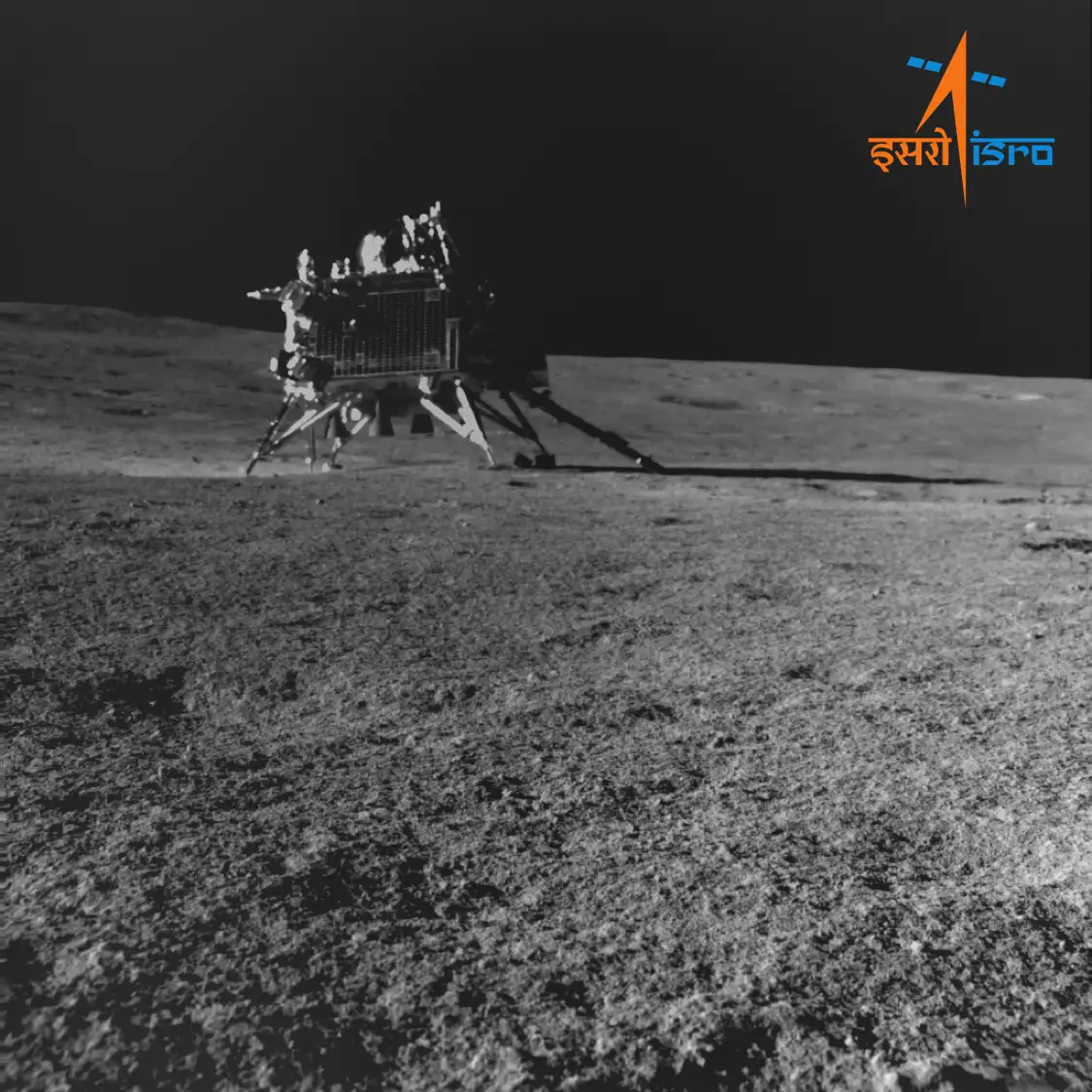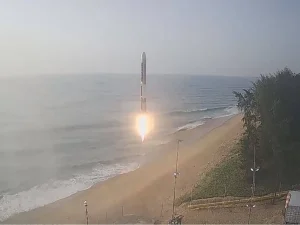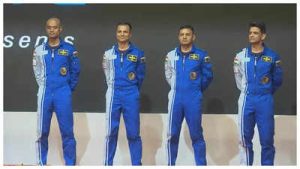The Indian Space Research Organisation (ISRO) achieved another major milestone in its lunar exploration program with the successful hop experiment of the Vikram lander.
The experiment, which was conducted on September 4, 2023, saw the lander jump to a height of 40 centimetres and land safely 30-40 centimetres away as reported by ISRO.
The hop experiment was a critical test of the lander’s mobility and landing systems. It was also a precursor to the lander’s main mission, which is to collect samples from the lunar surface and return them to Earth.
The hop experiment was conducted as part of a series of tests that the Vikram lander is undergoing after its successful soft landing on the Moon on August 23, 2023.
3D Image
ISRO also unveiled a three-dimensional ‘anaglyph’ image of the Chandrayaan-3 Vikram lander, captured at the Moon’s southern pole.
Explaining the technical aspect of the image, ISRO clarified, “In this three-channel image, the left image is placed in the red channel, whereas the right image is situated in the blue and green channels, creating the cyan effect. The variance in perspective between these two images generates a stereo effect, providing the illusion of three dimensions. To fully appreciate the 3D view, viewers are recommended to use red and cyan glasses.”
Anaglyph imaging is a method for visualizing objects or terrain in three dimensions, achieved through stereo or multi-view images. Furthermore, ISRO acknowledged the contribution of the technology behind this achievement, stating, “NavCam was developed by LEOS/ISRO, and data processing was carried out by SAC/ISRO.”
Pragyan Rover’s Journey
Since its landing, ISRO has reported that Pragyan rover had already covered a distance of over 100 meters from the Vikram Lander on the moon’s surface. The rover has been conducting in-situ measurements on the lunar surface. One of the payloads had detected the presence of plasma near the moon’s surface. Furthermore, two payloads confirmed the presence of sulphur in the moon’s South Polar Region, shedding light on the moon’s geology and composition.
On September 2, ISRO announced that Pragyan had completed its assigned tasks and was safely parked in sleep mode. The rover’s battery was fully charged, and its solar panel was optimally oriented to harness the upcoming sunlight, expected on September 22.













